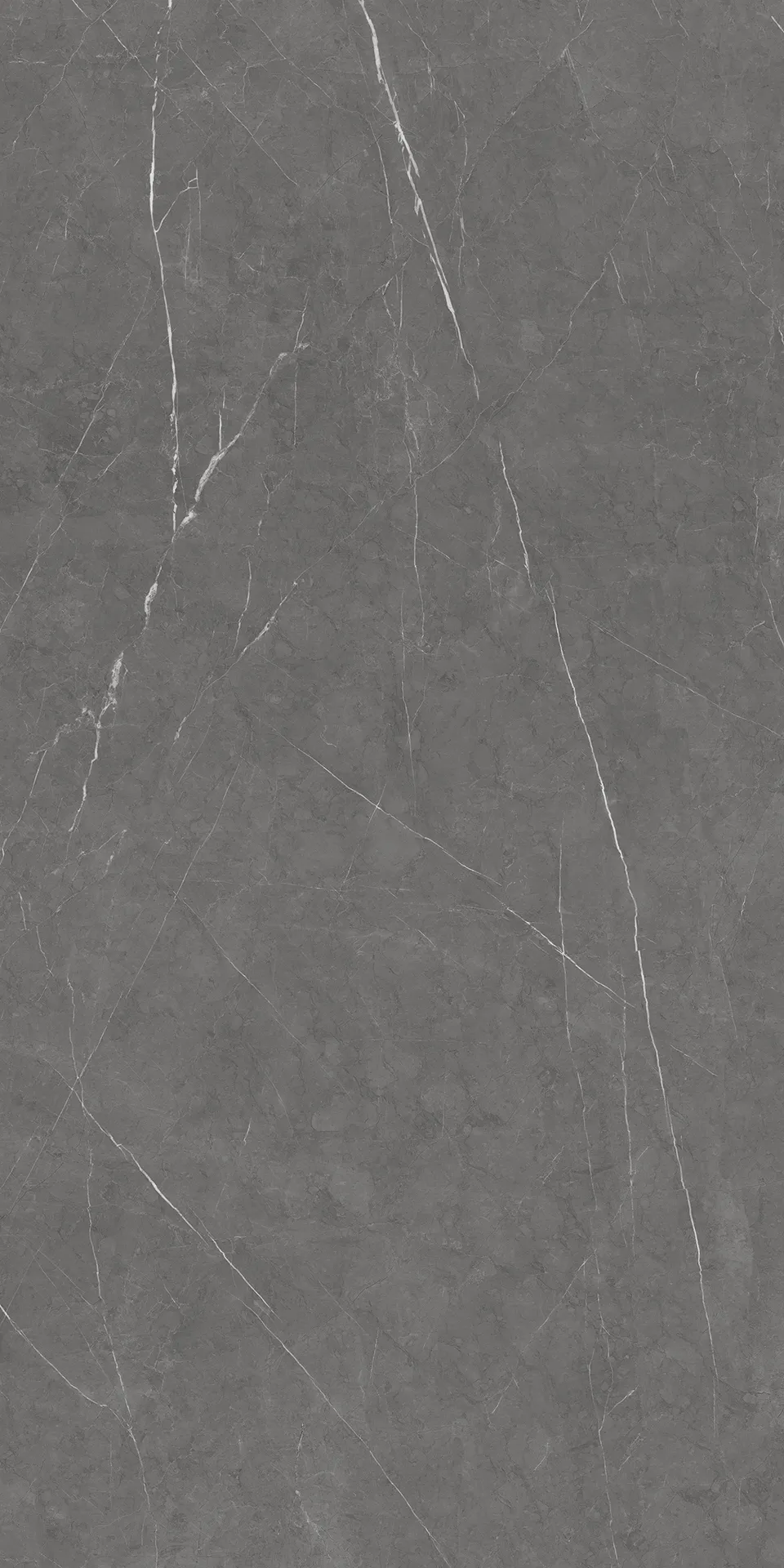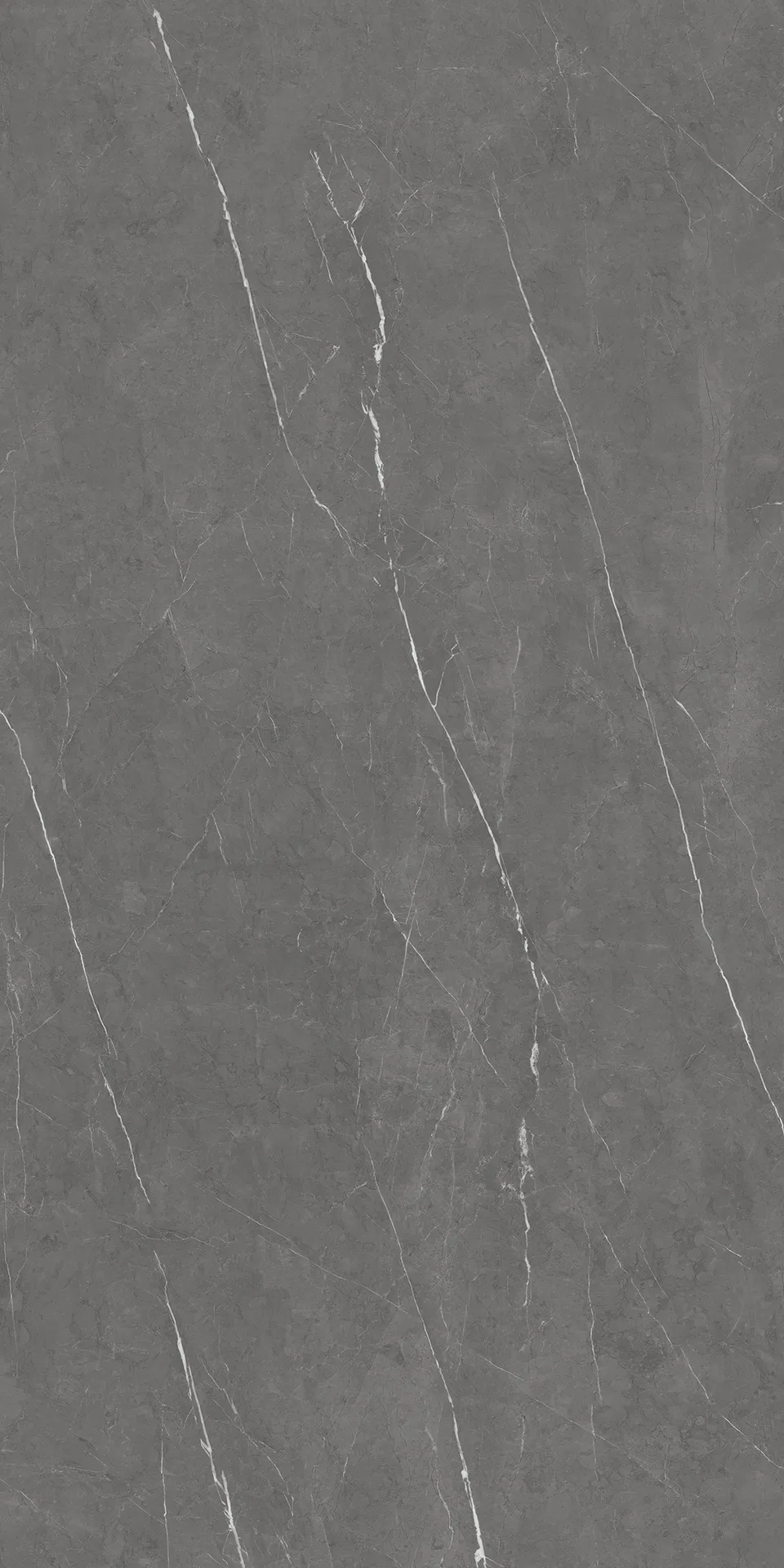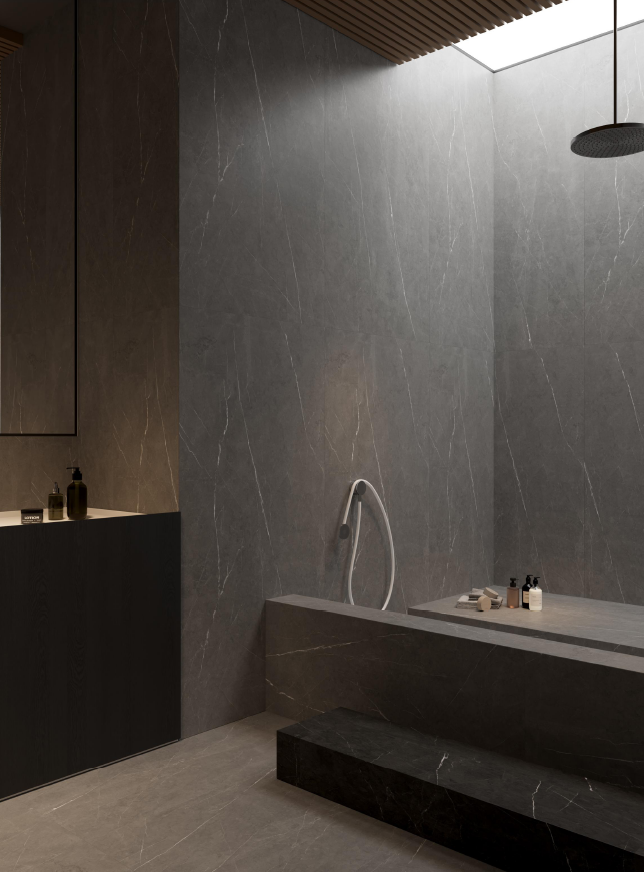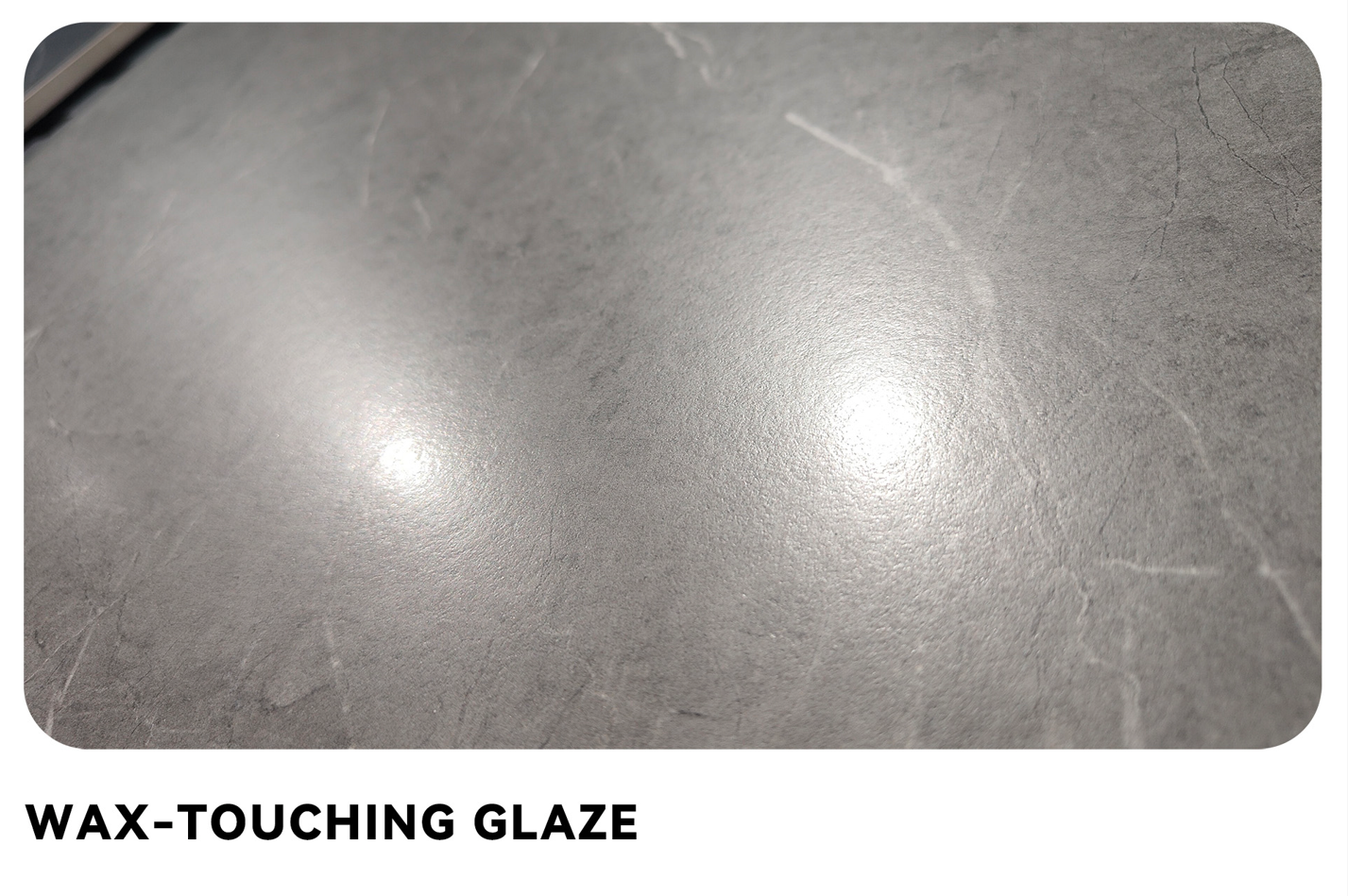Marble floors, with their natural texture, luster, and luxurious feel, have become a preferred flooring material for modern homes and public spaces. However, after installing marble slabs, many homeowners wonder: Do marble floors need to be sealed? If so, how often should they be sealed?
This article will provide a detailed, professional explanation of the sealing requirements, sealing principles, maintenance cycles, and precautions for marble stone slabs. This will help you maintain your marble floor effectively, extend its lifespan, and preserve its elegant beauty during daily use.

Why do marble slabs need sealing?
Marble slabs are a natural stone primarily composed of calcium carbonate. They have microporous surfaces. While these micropores may be subtle, they can absorb liquids and stains during use, leading to various problems.
1. High Water Absorption and Easy Penetration
Although natural marble slabs are hard, their micropores absorb water and liquid stains, such as tea, coffee, juice, and beverages, which can easily cause localized discoloration. If the stone is left unsealed for an extended period, its internal pores may fill with liquids, grease, or dust, making deep-seated stains difficult to remove.
2. Susceptible to Acidic or Alkaline Substances
Acidic or alkaline substances such as lemon juice, vinegar, and detergents found in kitchens, dining rooms, or bathrooms, if exposed to direct contact with the marble surface, can react chemically with the calcium carbonate, causing corrosion, reducing gloss, and potentially roughening the pore surface.
3. Increased Difficulty in Daily Cleaning
Unsealed marble slabs easily absorb dust, sand, and oil, making cleaning difficult and potentially leaving scratches or stains. Sealing reduces this absorption, preserving the marble stone slab's pristine finish.
Therefore, sealing marble slabs is not only essential for protecting the stone but also extends its lifespan and aesthetics.

The Role of Marble Slab Sealers
Marble slab sealers are specialized coatings that penetrate the stone's micropores or coat the surface, forming a protective barrier. The main functions of sealers include:
1. Water and Oil Repellency
Sealants prevent moisture, beverages, and grease from penetrating the stone, thereby preventing discoloration or spotting.
2. Anti-stain Protection
Sealants form a protective layer on or within the marble slab, preventing dust, sand, and stains from adhering, making the floor easier to clean.
3. Delaying Aging
Marble slabs that have been used for a long time may gradually lose their luster due to moisture, pollution, and sunlight. Sealing can slow the aging of the stone and preserve its natural texture and color.
4. Enhanced Aesthetics
High-quality sealants not only protect the marble slab but also enhance the texture definition and luster, making the floor more visually appealing.
Is sealing necessary for marble floors?
While some high-density, low-water-absorption marble stone slabs do not require sealing, sealing is recommended for most marble slabs for both protection and long-term maintenance.
• Newly laid marble floors: The micropores of new stone are not fully sealed, so initial sealing provides immediate protection.
• Daily use of marble floors: After years of use, micropores on the surface may crack due to friction or cleaning agents. Regular sealing maintains protection.
• Sealing is particularly necessary for marble slabs in special environments: Kitchens, dining rooms, bathrooms, and other areas prone to water, oil, or acid.
Generally speaking, sealing is a crucial measure for effectively protecting marble stone slabs.

Marble Slab Sealant Types and Selection
Common marble slab sealants on the market fall into two main categories:
1. Breathable Sealant
• Features: Penetrates into the micropores within the marble stone slab to form a protective layer without altering the stone's natural appearance.
• Advantages: Preserves the natural texture and gloss, suitable for high-end interior flooring.
2. Surface Sealant
• Features: Forms a film on the surface of the marble slab, enhancing gloss and providing protection.
• Advantages: Suitable for public spaces or areas requiring a high gloss, but may slightly alter the color.
Selection Recommendations:
• Breathable sealants are preferred for high-end interior flooring to preserve the natural texture.
• Surface sealants can be used for public areas or areas requiring a high gloss.
• Different stone materials have different water absorption rates and pore structures, so sealant selection should be tailored to the specific marble stone slab type.
How often do marble floors need to be sealed?
The sealing cycle depends on the type of stone, the environment in which it will be used, the type of sealant, and the frequency of application:
• New marble floors: Seal after the initial installation is complete and has dried.
• For general household use: Seal every 1-2 years to ensure effective protection.
• High-use areas (kitchens, dining rooms, bathrooms): Seal every 6-12 months to prevent liquid or oil penetration.
Different sealant types:
• Breathable sealants last 1-2 years.
• Surface sealants last 6-12 months and require replenishment based on wear.
Testing method:
Use the water drop test to determine sealing effectiveness: Add a few drops of water to the marble slab. If the droplets remain round, the seal is good; if the water seeps in quickly, resealing is necessary.
Detailed instructions for sealing marble floors
Scientific procedures are key to ensuring effective sealing:
1. Cleaning the marble slab
• Thoroughly remove dust, oil, and stains with a neutral detergent to ensure even absorption of the sealant.
• After cleaning, allow the seal to dry thoroughly to prevent moisture from affecting the sealing effect.
2. Select the appropriate sealant
• Choose a breathable or surface-type sealant based on the type of marble stone slab, the intended use environment, and the desired aesthetic.
3. Apply the sealant evenly
• Use a brush, roller, or sprayer to ensure the entire surface is covered, leaving no areas unapplied.
4. Allow to penetrate and dry
• Breathable sealant: Allow to penetrate the pores of the stone and wait 30-60 minutes.
• Surface-type sealant: Allow to form a protective film and dry for 2-4 hours.
5. Wipe away excess sealant
• For surface-type sealants, wipe away any excess sealant with a clean cloth to avoid white residue or uneven gloss.
6. Maintenance Precautions
• Avoid heavy pressure or contact with liquids on newly sealed marble stone slabs for 24-48 hours.
• Clean regularly, avoiding strong acids or alkalines.

Daily Maintenance of Sealed Marble Slabs
Even after sealing, marble slabs still require daily maintenance to maintain their effectiveness:
1. Regular Cleaning
• Use a soft cloth or mop to remove dust and sand.
• Avoid strong acids or alkalines; neutral detergents are recommended.
2. Prevent Scratches from Sharp Objects
• Although marble stone slabs are hard, sharp objects can damage the seal or scratch the surface.
3. Promptly Handle Liquid Spills
• Water, oil, and beverages should be wiped away promptly to prevent penetration and damage to the seal.
4. Periodic Inspection
• Perform a water drop test every 6-12 months to determine if resealing is necessary.
How experienced is WOWSLAB in the marble slab industry?
WOWSLAB has over 4 years of experience supplying high-quality marble and sintered stone slabs worldwide. Our factory in China produces top-grade slabs for residential, commercial, and large-scale projects. Buyers can enjoy wholesale purchasing, customized orders, low prices, discounts, and promotional offers.
Our company is recognized as a leading supplier in Guangdong, ensuring every purchase delivers durable, aesthetically pleasing, and high-performance marble stone slabs for global clients.


